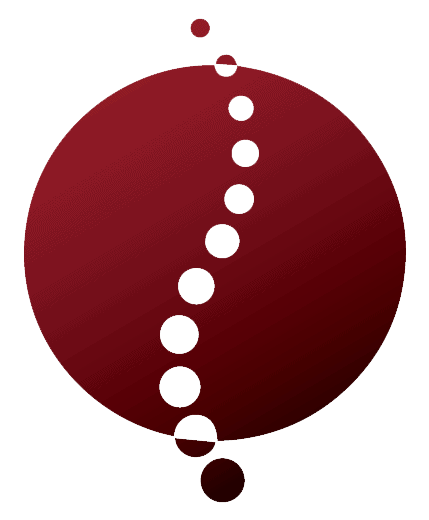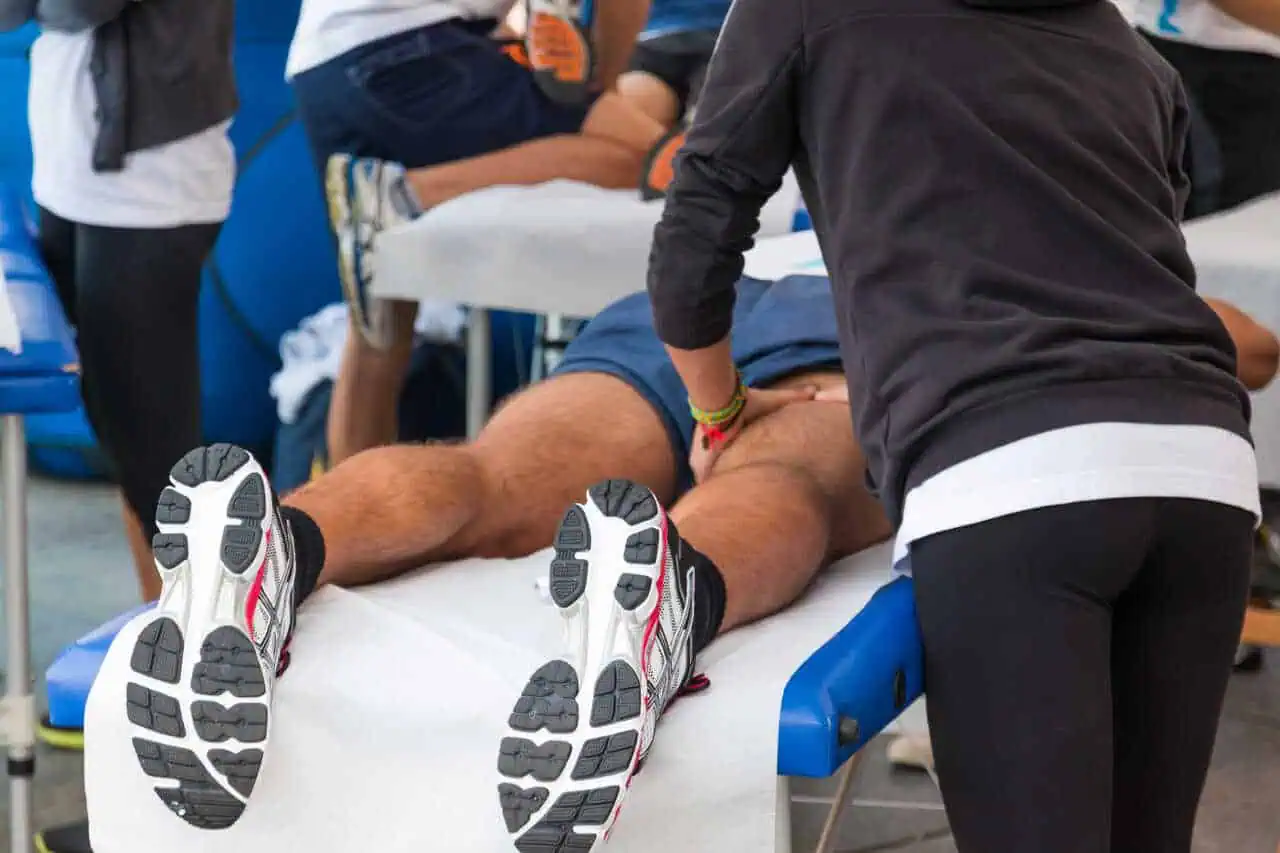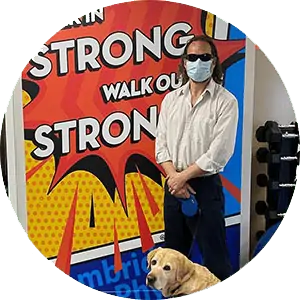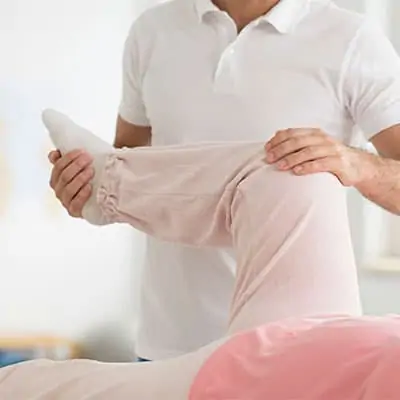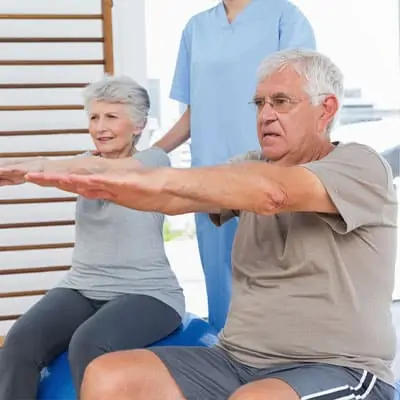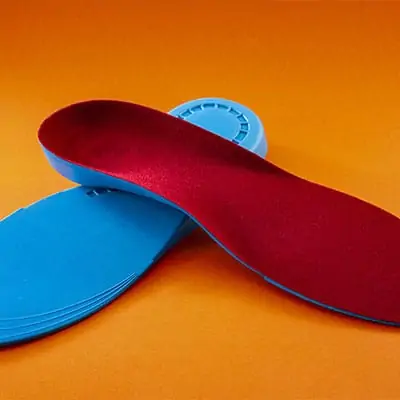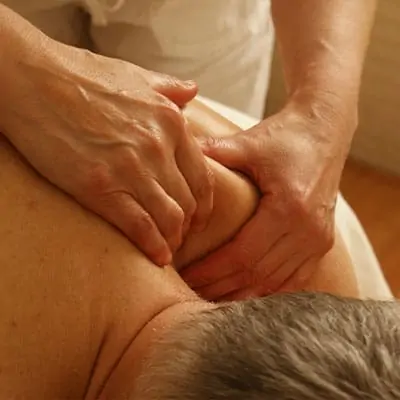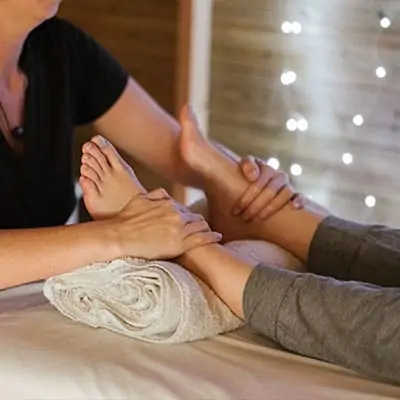Sports Massage Therapy: An Overview
Introduction to Sports Massage Therapy
Sports massage therapy is a specialized form of massage focused on athletes and physically active individuals. It uses a variety of techniques and methods designed to enhance performance and recovery. This type of massage can be beneficial for both professional athletes and recreational exercisers who engage in regular physical activities.
The primary goal of sports massage is to prepare the body for optimal performance while also promoting recovery after physical exertion. By focusing on specific muscle groups, this technique helps reduce tension, improve circulation, and enhance flexibility.
Benefits of Sports Massage Therapy
Engaging in sports massage therapy can provide numerous advantages, both physically and mentally. Here are some key benefits:
| Benefit | Description |
|---|---|
| Pain Relief | Alleviates muscle soreness and tension, resulting in less discomfort. |
| Improved Flexibility | Enhances range of motion in the muscles and joints, facilitating better movement. |
| Enhanced Recovery | Speeds up recovery time post-exercise by increasing blood flow and reducing muscle fatigue. |
| Reduced Risk of Injury | By addressing tight muscles, it helps prevent injuries associated with overuse. |
| Stress Relief | Promotes relaxation, which can alleviate anxiety and mental stress. |
For a comprehensive list of general advantages, visit our article on massage therapy benefits.
Who Can Benefit from Sports Massage Therapy?
A wide range of individuals can gain from the effects of sports massage therapy. This includes, but is not limited to:
- Athletes: Professional and amateur athletes who want to improve performance and recovery.
- Fitness Enthusiasts: Individuals who engage in regular workouts or physical activities.
- Recreational Sports Players: Those who participate in occasional sports, such as weekend warriors.
- People with Injury: Individuals recovering from sports-related injuries or seeking preventive care.
- Seniors: Older adults can benefit from improved mobility and reduced pain through targeted massage techniques.
Whether you are an athlete or someone who enjoys fitness activities, sports massage therapy can be an essential addition to your routine. If you’re interested in exploring other forms of massage, check out our article on types of massage therapy.
Techniques Used in Sports Massage Therapy
Sports massage therapy encompasses various techniques designed to address specific needs and enhance performance. Below are three prominent methods used in sports massage: deep tissue massage, myofascial release, and trigger point therapy.
Deep Tissue Massage
Deep tissue massage focuses on the deeper layers of muscle tissue. It employs strong pressure and targeted techniques to alleviate tension and break down muscle adhesions or knots. This method increases blood flow and can improve mobility, making it a popular choice for athletes and individuals with chronic pain.
The following table outlines the key features of deep tissue massage:
| Feature | Description |
|---|---|
| Pressure | Firm and targeted |
| Focus Areas | Deeper muscle layers and connective tissue |
| Benefits | Pain relief, improved flexibility, recovery |
| Ideal For | Athletes, those with chronic pain |
For more information on techniques similar to deep tissue massage, visit our article on deep tissue massage therapy.
Myofascial Release
Myofascial release is a gentle technique that aims to release tension in the fascia, the connective tissue surrounding muscles. This method involves applying sustained pressure to areas of tightness, promoting relaxation and enhancing movement. It is particularly beneficial for individuals recovering from injuries or those experiencing muscle tightness.
| Feature | Description |
|---|---|
| Pressure | Light to moderate, sustained |
| Focus Areas | Fascia and surrounding tissues |
| Benefits | Increased range of motion, reduced pain |
| Ideal For | Injury rehabilitation, chronic tightness |
To learn more about various massage techniques, check out our article on massage therapy techniques.
Trigger Point Therapy
Trigger point therapy targets specific muscle knots that cause pain in other parts of the body. By focusing on these trigger points, massage therapists can release tension and relieve symptoms associated with referred pain. This method is highly effective for athletes and those with localized discomfort.
| Feature | Description |
|---|---|
| Pressure | Variable, focused on specific points |
| Focus Areas | Trigger points in tight muscles |
| Benefits | Pain relief, improved function |
| Ideal For | Athletes, individuals with tension or stress |
For more on this specific technique, take a look at our article on trigger point massage therapy.
Understanding these techniques can help you determine which is best suited for your needs, whether you’re looking for pain relief or performance enhancement. By incorporating these methods into your routine, you can optimize your recovery and improve your overall well-being.
Conditions Treated with Sports Massage Therapy
Sports massage therapy is effective in addressing various conditions, particularly those related to physical activity and stress. This section highlights some key issues that can benefit from this type of massage.
Muscle Strains and Injuries
Muscle strains and injuries are common among athletes and active individuals. Sports massage therapy can help alleviate pain, reduce swelling, and promote healing. The techniques used, such as deep tissue massage and trigger point massage therapy, focus on the affected areas to enhance blood circulation and release muscle tension.
| Condition | Treatment Benefits |
|---|---|
| Acute Strains | Decreases inflammation, speeds up recovery |
| Chronic Strains | Improves flexibility, decreases pain |
| Recovery from Injuries | Supports muscle repair, aids in rehabilitation |
Tendonitis
Tendonitis is characterized by inflammation of a tendon, often resulting from overuse. Sports massage therapy can provide relief by increasing blood flow to the affected tendon and reducing surrounding inflammation. Techniques such as myofascial release can be particularly beneficial, aiding in the restoration of range of motion.
| Condition | Treatment Benefits |
|---|---|
| Achilles Tendonitis | Alleviates pain, improves mobility |
| Patellar Tendonitis | Reduces inflammation, enhances recovery |
| Rotator Cuff Tendonitis | Increases flexibility, lowers discomfort |
Stress and Anxiety Relief
In addition to physical benefits, sports massage therapy offers significant mental health advantages. Many individuals experience stress and anxiety, which can impair overall well-being. By reducing muscle tension and promoting relaxation, sports massage can help restore a sense of calm and balance.
| Condition | Treatment Benefits |
|---|---|
| General Stress | Lowers cortisol levels, enhances relaxation |
| Anxiety | Promotes feelings of security and calm |
| Sports Anxiety | Improves focus and mental clarity |
Sports massage therapy is a versatile treatment that can address a wide range of conditions. Recognizing the specific benefits associated with various issues can help you make informed decisions about your wellness and recovery. For more information on the specific benefits of different techniques, read about the types of massage therapy available.
Preparing for a Sports Massage Session
Getting ready for a sports massage session helps ensure that you receive the maximum benefits from the treatment. Understanding what to expect and how to prepare can enhance your experience.
What to Expect During a Sports Massage
During your sports massage, you can expect a series of techniques specifically tailored to address your physical needs and goals. The therapist may use varying pressure levels and techniques, including:
| Technique | Description |
|---|---|
| Deep Tissue Massage | Focuses on the deeper layers of muscle tissue. |
| Myofascial Release | Targets the fascia, the connective tissue surrounding muscles. |
| Trigger Point Therapy | Concentrates on specific knots or tight areas in the muscles. |
The session typically lasts between 30 to 90 minutes, depending on your preference and the therapist’s recommendations. You will communicate your comfort level and any areas of concern before the session begins. The therapist will adjust the pressure and techniques used based on your feedback.
After the massage, you may feel relaxed and experience some minimal soreness, similar to the sensation felt after a workout. This is normal and should subside within a day or two. If you have any specific goals or concerns, make sure to discuss them with your therapist. For more information about the different techniques utilized, check out our article on massage therapy techniques.
How to Prepare for Your Sports Massage Session
Preparation for your sports massage is key to a successful experience. Here are some important steps to take:
- Stay Hydrated: Drink plenty of water before your appointment. Hydration helps keep your muscles pliable, making the massage more effective.
- Dress Comfortably: Wear loose, comfortable clothing that allows easy access to the areas needing treatment. You may be asked to undress to your comfort level. Towels or sheets will be provided for coverage.
- Arrive Early: Arriving a few minutes early allows you time to fill out any necessary paperwork and discuss your specific needs with the therapist.
- Communicate: Clearly describe any injuries, areas of tightness, or preferences in pressure to your therapist. Open communication throughout the session is important.
- Avoid Heavy Meals: Try not to eat a large meal immediately before your appointment, as it may cause discomfort during the massage.
By taking these steps to prepare, you can maximize the benefits of your sports massage therapy. For further insights into the many advantages that massage therapy offers, visit our article on massage therapy benefits.
Aftercare and Maintenance
After receiving a sports massage therapy session, proper aftercare is essential for maximizing the benefits and ensuring your body recovers effectively. This section covers key steps you should take after your massage.
Hydration and Rest
One of the most important aspects of post-massage care is staying hydrated. Sports massage therapy often releases toxins from your muscles, and drinking water helps flush these toxins from your system. Aim to drink at least the following amount post-session:
| Time After Massage | Water Intake |
|---|---|
| Immediately | 8 oz (1 cup) |
| Within 2 hours | 16 oz (2 cups) |
| Throughout the day | Additional 24 oz (3 cups) |
Rest is equally significant. Allow your body the time to recover by taking it easy, which can enhance the effectiveness of the massage. Consider relaxing activities that do not put stress on your muscles.
Post-Massage Stretching
Gentle stretching post-massage can help maintain flexibility and improve blood flow to your muscles. It’s important to focus on areas that received the most attention during your session. Here are some beneficial stretches:
| Stretch | Duration |
|---|---|
| Neck Stretch | 15-30 seconds each side |
| Shoulder Stretch | 15-30 seconds each side |
| Hamstring Stretch | 15-30 seconds each leg |
| Quadriceps Stretch | 15-30 seconds each leg |
Implementing these stretches can help keep your muscles supple without strain. If you’re unfamiliar with effective stretches, consider consulting with your massage therapist for advice tailored to your needs.
Following Up with Your Massage Therapist
Follow-up appointments with your massage therapist can ensure your recovery process continues smoothly. Discuss any changes in your body post-massage and adjust future treatment plans accordingly. Regular consultations can help address ongoing concerns such as tension, pain, or specific conditions like massage therapy for plantar fasciitis or massage therapy for neck pain.
A consistent aftercare regimen alongside regular assessments can amplify the benefits of your sessions and promote overall well-being. For more on various massage techniques, check our section on types of massage therapy.
